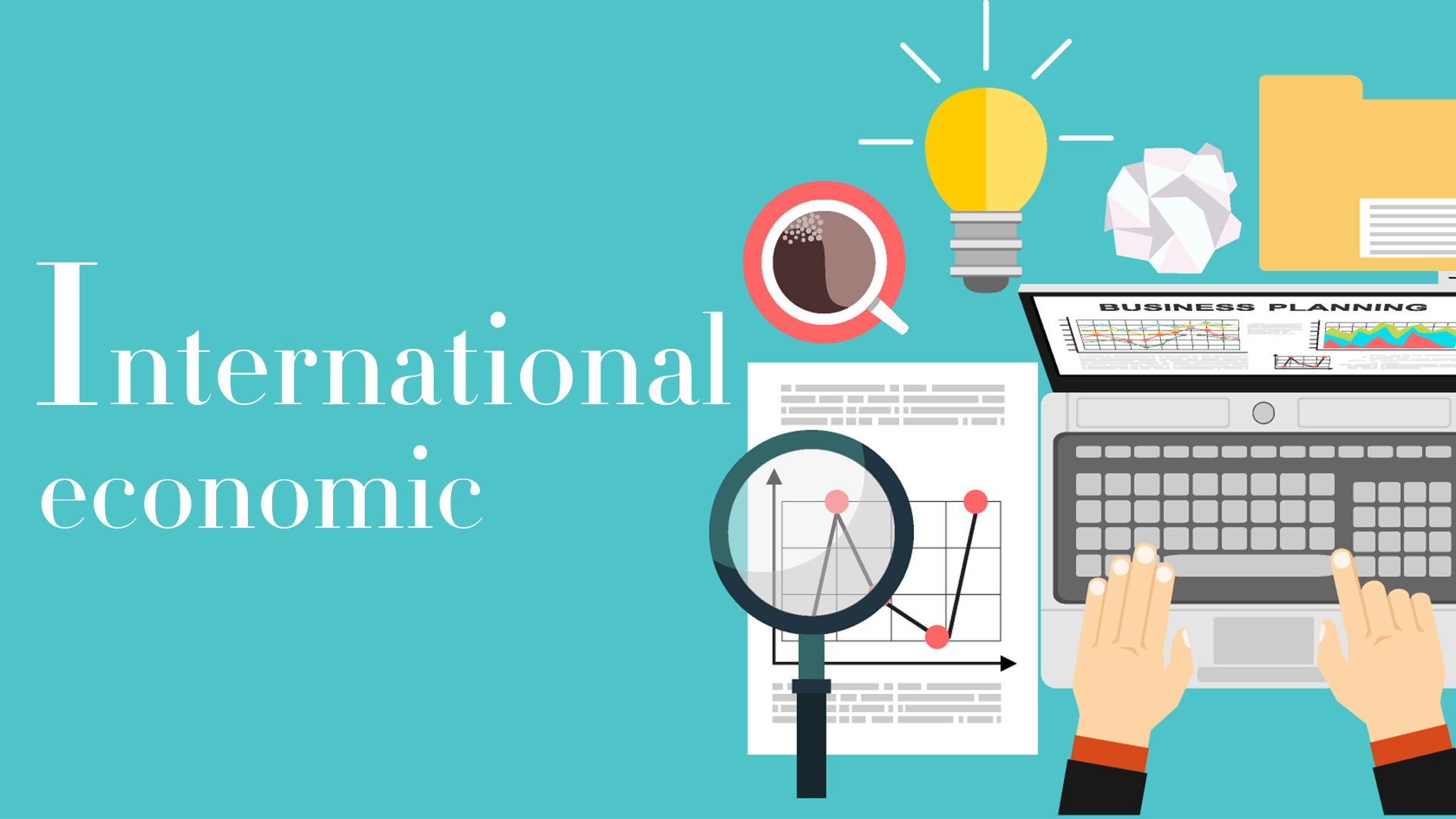第十三章单元测试
- The founder of purchasing power parity theory is ( ).
- According to the interest rate parity theory, when the forward foreign exchange rate is premium, it means that the domestic interest rate( )
- Generally speaking, the impact of exchange rate instability on the international economy is shown as follows( )
- The conditions that enable a country to reduce its exposure to exchange rate fluctuations are( )
- Under the fixed exchange rate system, the monetary authorities of various countries take measures to maintain the upper and lower limits of exchange rate fluctuations( )
- In the theory of purchasing power parity, absolute purchasing power parity is used to predict real exchange rate.( )
- The theoretical basis of PPP theory is the law of one price.( )
A:Tinbergen
B:John Maynard Keynes,
C:Mondale
D:Kassel
答案:Kassel
A:Not sure
B:is equal to the foreign exchange rate
C:higher than foreign exchange rates
D:lower than foreign exchange rates
A:hinder the normal development of international trade
B:promote the unification of the international reserve currency
C:increase the chance of speculation
D:exacerbate the turmoil in the international financial markets
A:Single structure of commodity production
B:Low degree of economic opening to the outside world
C:Diversity of commodity production
D:High degree of economic opening to the outside world
A:Implement exchange control
B:Increase the money supply
C:Discount policy
D:use foreign exchange reserves to intervene in the foreign exchange market
A:对 B:错
A:错 B:对
温馨提示支付 ¥3.00 元后可查看付费内容,请先翻页预览!

